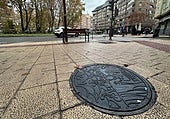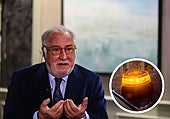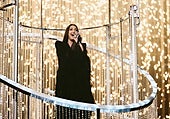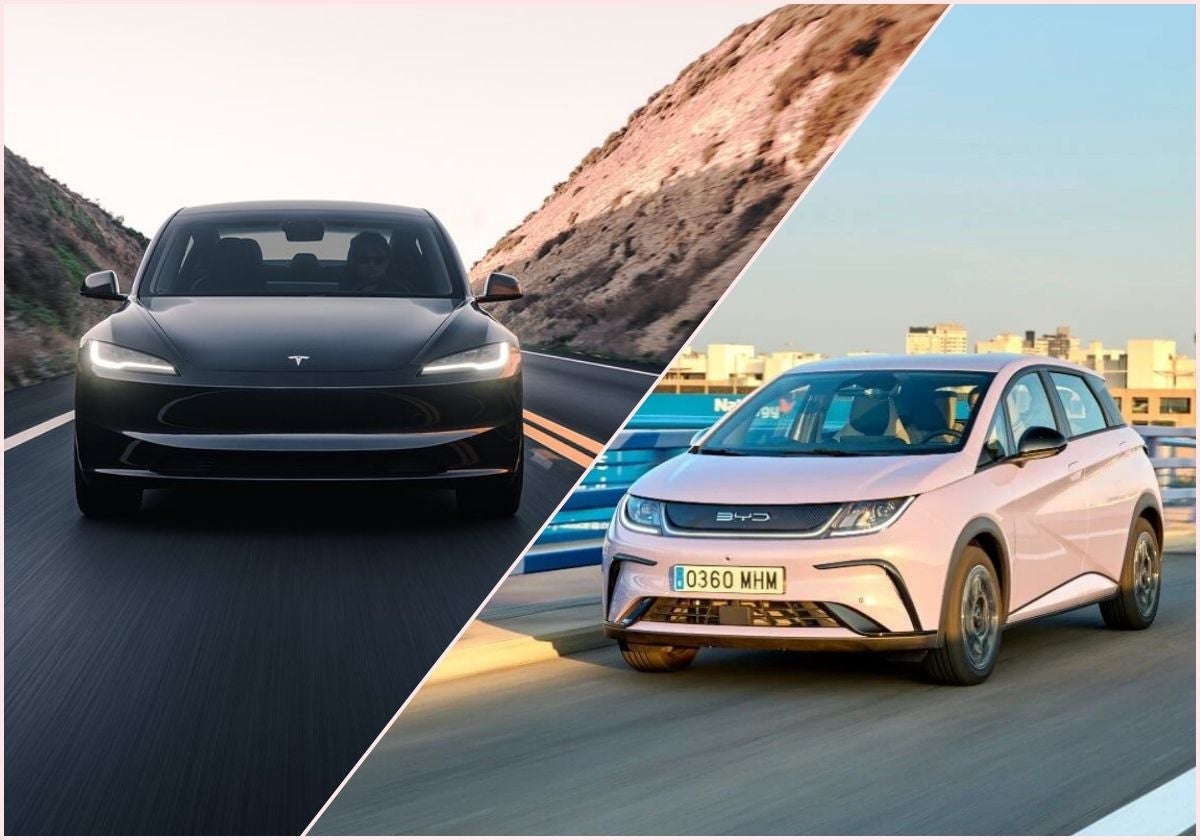What Engineers Discovered When Dissecting BYD and Tesla Batteries
J. Bacorelle
Tuesday, 11 March 2025, 07:30
Electric vehicle battery development involves a careful balance of various factors, with the choice of cell chemistry and size being crucial decisions.
In the automotive world, two manufacturers stand out: Tesla and BYD. The latter, a Chinese manufacturer, has emerged as a giant, overshadowing the once-iconic electric vehicle brand.
The unstoppable advance of electric mobility has highlighted the critical importance of lithium-ion batteries. However, their development is no easy task, requiring a delicate balance of factors that determine the success of future electric vehicles.
According to recent industry studies and analyses, the choice of cell chemistry and size has become a crucial decision for manufacturers. These factors directly influence the performance, range, and cost of electric vehicles, elements that define their market competitiveness.
A group of engineers from RWTH Aachen University conducted a comprehensive comparative study of Tesla and BYD electric vehicle batteries. The results of their research, published in the scientific journal "Cell Reports Physical Science," provide valuable insights into the technological and performance differences between the batteries of these two leading manufacturers.
The engineers dismantled and thoroughly analyzed Tesla and BYD electric vehicle batteries to understand the differences in design, materials, and performance.
Aspects such as cell chemical composition, battery pack design, and thermal management systems were analyzed. The researchers evaluated battery performance under different conditions, including charging and discharging, temperature, and life cycles.
This study provides a detailed view of the battery technologies used by two of the world's leading electric vehicle manufacturers, potentially contributing to the advancement of electric mobility.
In conclusion, scientists determined that the BYD Blade cell shows half the energy losses per volume compared to the Tesla 4680 cell at the same charge rate (C). This suggests greater energy efficiency in the BYD battery, which uses laser and ultrasonic welding. This combination could influence battery efficiency and durability.
Regarding electrode materials and energy density, the study also highlights significant differences. The BYD Blade battery is LFP (lithium iron phosphate), with 160 Wh/kg and 355.26 Wh/l. Meanwhile, the Tesla 4680 battery (NMC811) has 241.01 Wh/kg and 643.3 Wh/l, demonstrating that the Tesla battery has a higher energy density.
Regarding anodes and binders, both cells use graphite anodes without silicon dioxide. In the anode of the Tesla 4680 cell, polyacrylic acid (PAA) and polyethylene oxide (PEO) were detected as binders.
Chemistry and Size
In its introduction, this work published in Cell Reports Physical Science explains that cell chemistry is a determining factor in battery performance. Lithium iron phosphate (LFP) batteries, for example, stand out for their cost-effectiveness and longevity, making them ideal for affordable electric vehicles. On the other hand, high-nickel chemistries like NMC811 offer superior energy density, making them the preferred choice for high-performance and higher-cost vehicles.
The choice between these chemistries depends on the manufacturer's focus, which must choose between prioritizing cost, range, or performance. This strategic decision will define the type of electric vehicle that reaches the market and its target audience.
In recent years, there has been a clear trend towards the development of larger cells. This strategy allows for increased energy content per produced cell while simultaneously reducing system-level integration complexity. The result is greater efficiency and reduced costs in battery manufacturing.
Ultimately, developing batteries for electric vehicles is a complex challenge requiring a balanced approach. Manufacturers must carefully consider cell chemistry, size, and other key factors to offer electric vehicles that meet consumer needs and contribute to the transition towards more sustainable mobility.
Does BYD or Tesla Win?
Tesla's car sales plummeted by 49% in February compared to the same month last year in China, down to 30,688 vehicles, according to data from the China Passenger Car Association. Tesla's wholesale deliveries in China fell to their lowest level in over two and a half years last month. Specifically, February's results are the lowest since July 2022, when it delivered 28,217 electric vehicles.
February's figure is below January's, when it delivered 63,238 vehicles from its Shanghai factory. The weak performance in China also adds to a series of sales declines in major European markets. For example, in Germany, Tesla's drop was 76.3% year-on-year, down to 1,429 units. In France, sales fell by 26.2% in February, with 2,395 registrations. In Italy, they dropped by 54.5%, recording 843 registrations, with over 1,000 fewer sales. In Spain, Tesla's accumulated sales in January and February total 656 units, down 42.25%. Only Elon Musk's brand grew in February in the UK with 3,852 sales, a 20.68% increase year-on-year.
BYD, which stopped producing vehicles powered entirely by fossil fuels in 2022, sold 1.76 million battery-powered cars (almost as many as all of Tesla's in 2024). Including hybrids, BYD sold 4.25 million passenger cars last year.
Tesla is being affected by the rise of Chinese domestic manufacturers offering a range of cars loaded with new technologies and at a more affordable price for local and foreign drivers.
Finally, worldwide, Tesla sold 1.79 million electric vehicles last year, 1% less than it delivered in 2023 and also below analysts' estimates.




